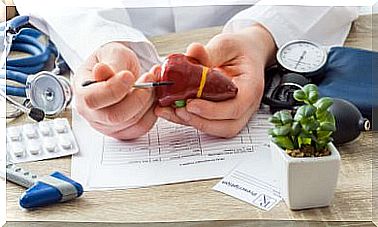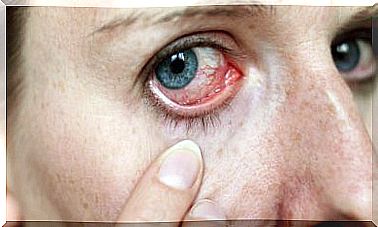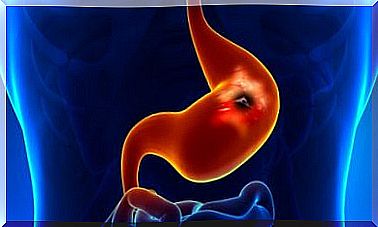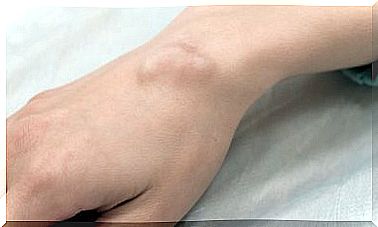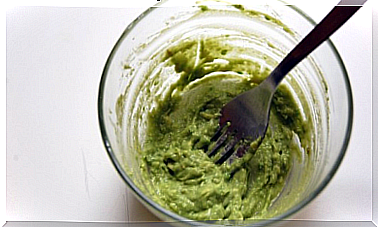Impetigo In Children
Impetigo in children is caused by bacteria that cause a skin infection. In general, it usually appears around the mouth, nose, and ears. The main route of infection is direct contact with the lesion.
It has a higher incidence between 2 and 6 years of age, because it is these children who suffer more scrapes and cuts and also scratch more; This leads to the spread of the bacteria.
It can occur at any time of the year, although it is seen more frequently in warm months due to temperature and humidity conditions.
How does impetigo manifest on the skin?
Impetigo appears on the skin with sores covered in honey-colored crusts. They are not usually accompanied by fever and patients remain in good general condition. Normally, the sores heal spontaneously after a while without scarring.
Being a superficial infection of the skin, it can cause itching, burning and even pain if it is in the perioral area. Sometimes it occurs with lymphadenopathy close to the area of infection. These nodes are mobile and can cause pain.

Causes of impetigo in children
In about 90% of cases, impetigo is caused by Staphylococcus aureus , while in the rest, it is caused by Streptococcus pyogenes . Streptococcus is also a cause of strep throat, for example.
The vast majority of us carry both bacteria on our skin. However, with any wound, bite, scrape or cut, the bacteria is capable of causing an infection and resulting in impetigo.
Types of impetigo
There are two main types of impetigo:
- Non-bullous impetigo – caused largely by strep. It erodes the surface of the skin after minor injuries or trauma and causes larger ulcers that are later covered by a mycelia crust. Usually, several lesions can be observed in the same child, as a result of self-inoculation. It is not related to blisters.
- Bullous impetigo: caused by staph. It causes blisters and vesicles filled with clear fluid on the skin. They break easily and cause a shiny, exposed area of dermis that will crust over with a yellowish crust.
Read also: Should bulbs or blisters be pierced?
Diagnosis
In the physical examination during the medical consultation, the specialist makes the diagnosis based on the characteristics of the skin rash and the history. The pediatrician may consider it necessary to request a laboratory culture to determine which bacteria is causing the condition.
There are several dermatological diseases that lead to a difficult differential diagnosis:
- Bullous pemphigoid.
- Herpes simplex virus infection.
- Scabies
- Allergic reaction to a sting.
- Dermatophytosis.
This is why we emphasize the need for consultation with a qualified doctor. This, through the clinical history and physical examination, will proceed to the correct differential diagnosis. However, the definitive diagnosis is provided by the microbiological culture of the exudate from the lesions.
You may be interested: What is a cold sore?
Proper treatment of impetigo in children

The goal is to kill the infection; therefore, the indicated treatment is antibiotics. These can be applied topically or orally, depending on the extent of the lesions on the body surface or if it is accompanied by systemic symptoms.
The use of emollient creams helps maintain the function of the skin barrier. Symptomatic adjuvant treatment can be covered with antihistamines for itching or anti-inflammatories if necessary. It is important to apply sun protection factor to avoid hyperpigmented areas on damaged skin.
Impetigo in children is contagious until the lesions disappear completely. Sometimes, it is enough that two days of treatment have passed and improvement is evident. However, care must be taken.
How to prevent and control contagion
Some of the recommendations to prevent the spread of impetigo in children are the following:
- Keep children’s nails short and clean.
- Teach them not to scratch their skin lesions, as that makes the bacteria thrive.
- In the case of touching the lesions, wash the exposed site with soap and water.
- Contact with other children should be avoided during this time.
- In the case of scrapes, clean them with soap and water and apply antibiotic cream.
- Do not share dirty clothes, sheets or towels of someone who is having an active skin infection.
- Maintain proper skin moisture to activate the skin barrier.
Impetigo in children is common but needs to be controlled
Although we consider impetigo in children only as a localized infection of the skin, treatment must be established quickly due to its great contagion power.
See a doctor if symptoms persist or there is suspicion that the infection has worsened, such as pain, fever, or increased swelling.
